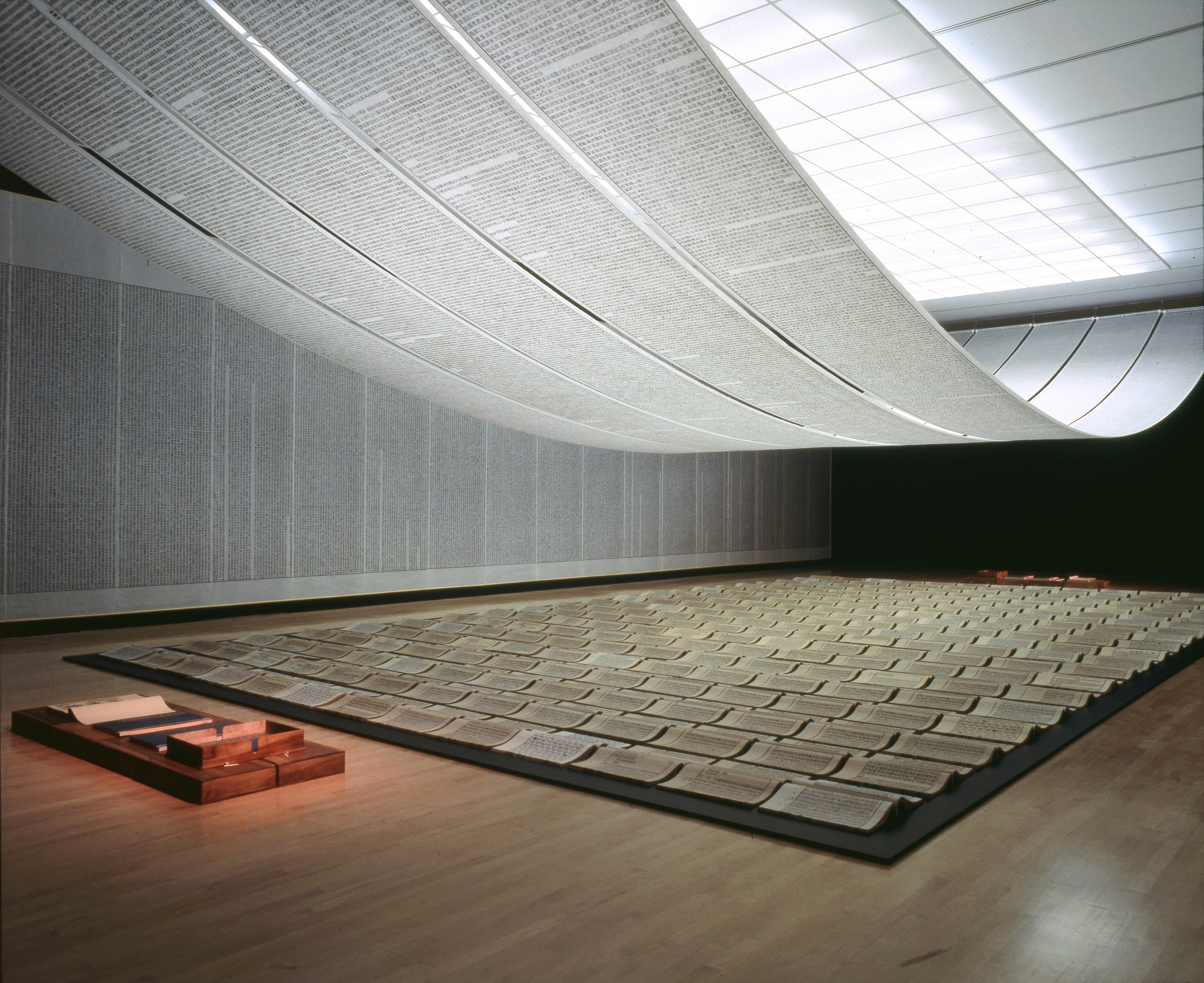Abstract
This paper discusses how printmaking methods can be used as a methodology to re-examine and analyse works in the field of digital media. It presents the history and theory of printmaking from a Chinese perspective and investigates the relationship between the unique indirect creation mode in the printmaking system, and data transfer and transcoding in digital media.
This paper proposes that the history and theory of printmaking can lead to a better understanding of digital images. First, the paper defines how printmaking functions and its relationship to the image. Second, it analyses how the relationship between printmaking and the image can be applied to digital media to form an equivalence between the digital file and the digital image. Finally, this paper uses the printmaker Chen Qi as a case study for discussion and analysis. Chen Qi has been chosen because his research examines how Chinese water-based woodcut print techniques can be augmented and transformed with digital technology. He emphasises the importance of breaking away from the conventional concept of the printmaking matrix, where the ‘plate’ becomes the platform from which to generate the unique artistic value of the printmaking imprint. Using his practice as an example, I hope to demonstrate the broader utility of analogising printmaking and digital images.
References
Abidin, M.Z., Daud, W.S. & Rathi, M.R., 2013. Printmaking: Understanding the terminology. Procedia - Social and Behavioral Sciences, 90, pp.405–410. DOI:10.1016/j.sbspro.2013.07.109.
Anon, 2001. Interactives: Projects: 2001: What is a print? MoMA.org | Interactives | Projects | 2001 | What is a Print? Available at: https://www.moma.org/interactives/projects/2001/whatisaprint/print.html [Accessed May 26, 2022].
Bolter, J.D. & Grusin, R., 2003. Remediation: Understanding new media, Cambridge, Mass: MIT Press.
Chen, M., 2015. Banhua chuangzuo zhong de lixing siwei moshi [Rational modes of thought in printmaking]. dissertation. Beijing, China: Central Academy of Fine Arts.
Chen, Q., 2018. Yinhen yu fushu——dangdai banhua benti de zairenshi [Prints and Pluralism - Contemporary Printmaking Ontology Reconsidered]. Journal of Nanjing Arts Institute (Fine Arts & Design), (2), pp.206–208.
Chen, Q., 2019. Zhongguo shui yin mu ke de guan Nian Yu Ji Shu [the conception and techniques of Chinese waterprint woodcut], Beijing Shi, China: Zhongguo hua bao chu ban she.
Chen, Q., 2022. Jintian women weishenme yao zuo banhua[Why are we working on printmaking today?]. Art Magazine, (3), pp.20–22. DOI:10.13864/j.cnki.cn11-1311/j.006713.
Coldwell, P., 2015. Hybrid practices within printmaking. Journal of Visual Art Practice, 14(3), pp.175–178. DOI:10.1080/14702029.2015.1094241.
Folga-Januszewska, D., 2016. Printmaking as a phenomenon of thinking. Celebrating Print Magazine, 2(1), pp.45–51.
Kang, J., 2013. Banhua de neizai luoji yu dangdai yunyong [The Inner Logic and Contemporary Use of Printmaking]. Art Observation, pp.12–13.
Ludovico, A., 2013. Post-digital print: The mutation of publishing since 1894, Eindhoven: Onomatopee.
Manovich, L., 2016. Software takes command, New York: Bloomsbury.
Xu, B., 1987. Dui fushuxing huihua de xin tansuo yu zai renshi [A new exploration and reconsideration of pictorial multiplicity]. Art Magazine, pp.50–51. DOI10.13864/j.cnki.cn11-1311/j.1987.10.017.

This work is licensed under a Creative Commons Attribution 4.0 International License.
Copyright (c) 2023 Xiaoqiao Li
